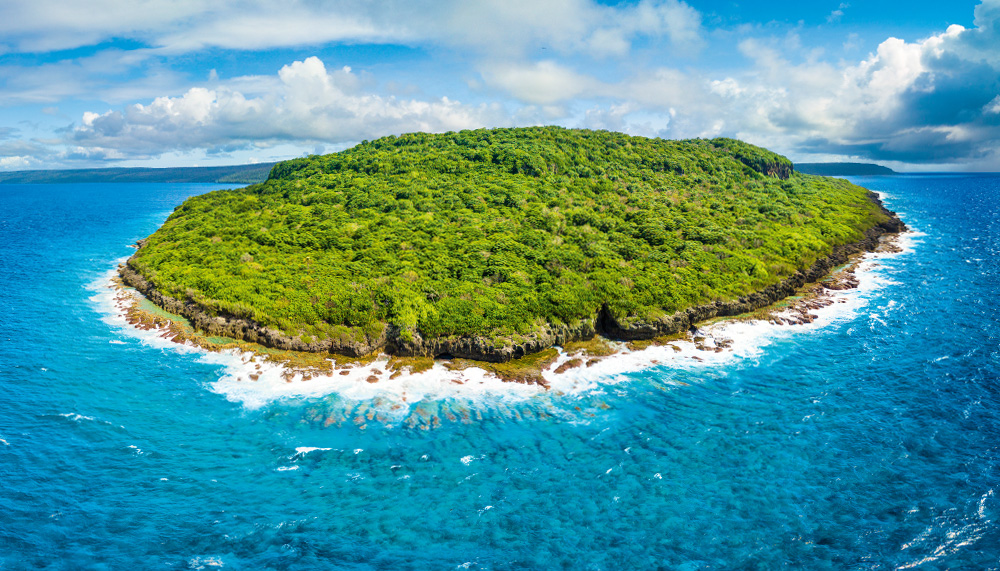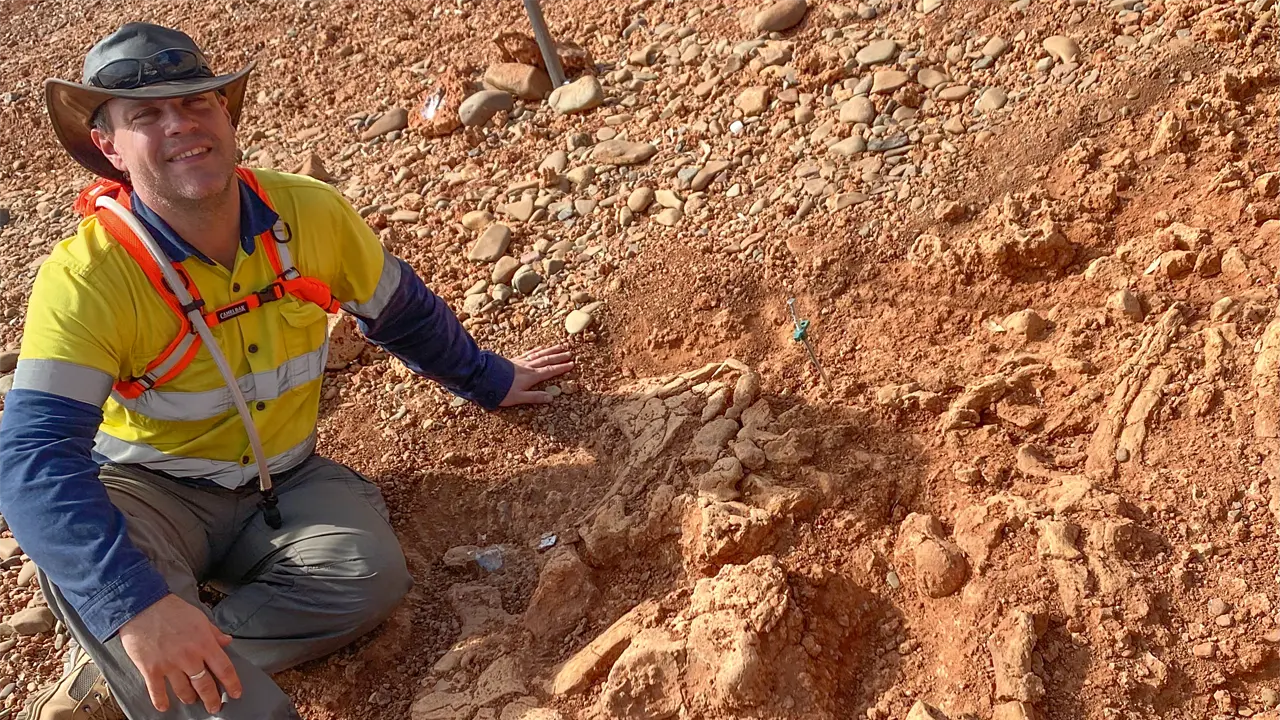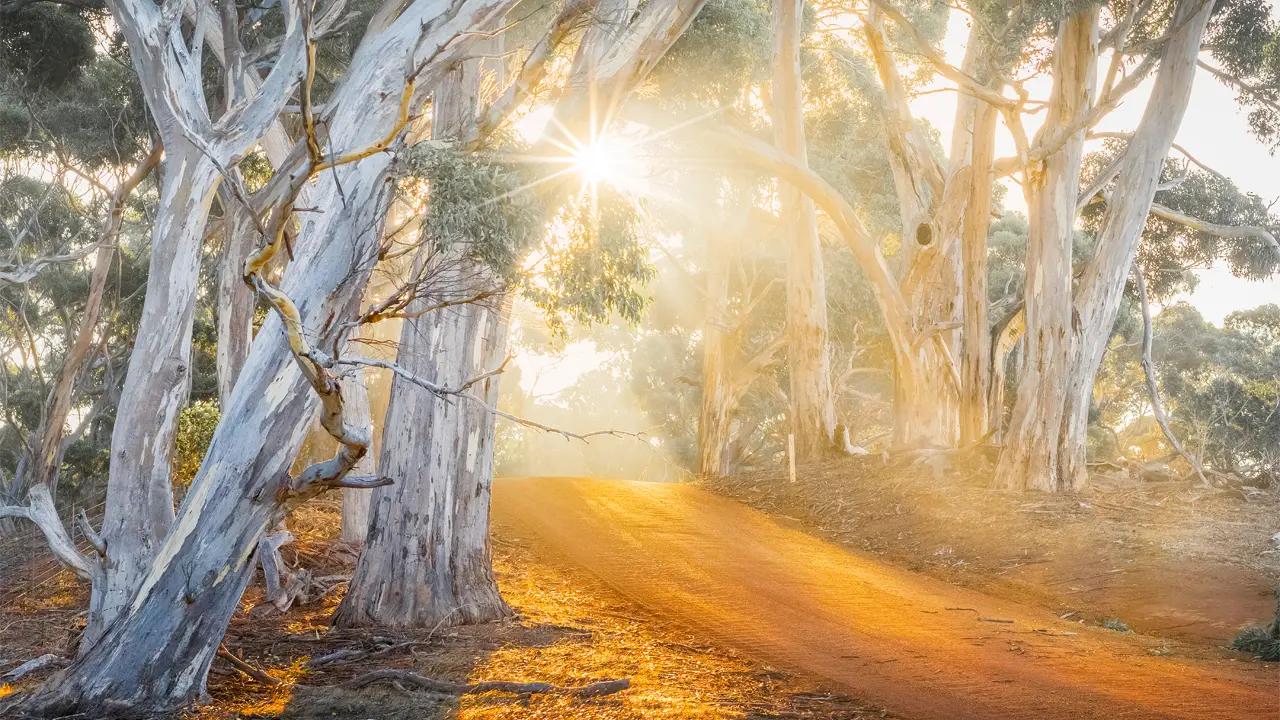Christmas Island is one of the most biologically unique places on Earth.
Story + Photos Chris Bray
Christmas Island is one of the most biologically unique places on Earth. At last count, there were at least 250 species endemic to this tiny tropical paradise, including 10 vertebrates, 150 insects and 14 land crabs – comprising the red crab, blue crab, two different purple crabs and many other nippers. “Unfortunately, some of our unique species have become extinct [in the wild],” says Christmas Island National Park ranger Brendan Tiernan. “But we’re actually working on fixing that.”
The island’s most famous inhabitants are its 40 million large red crabs. These chilled-out, hand-sized crustaceans spend most of the year meticulously manicuring the jungle floor. When the rainy season starts, however, they all collectively embark on one of the largest migrations in the animal kingdom, down to the coast to spawn. This astonishing spectacle, forcing road closures and traffic chaos every November through to January, is rated by Sir David Attenborough as one of his top 10 natural wonders on Earth. The sudden return a month later of millions of tiny baby crabs emerging from the sea as a living red carpet flowing back up into the jungle is perhaps even more remarkable.
This story excerpt is from Issue #130
Outback Magazine: Apr/May 2020










